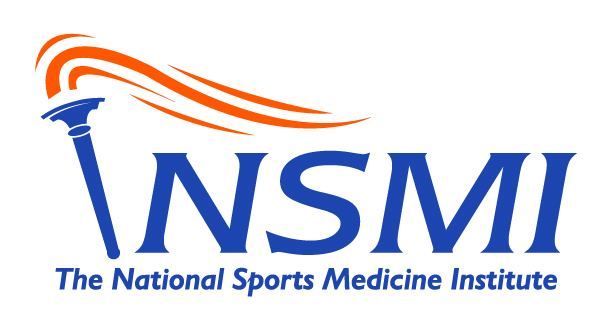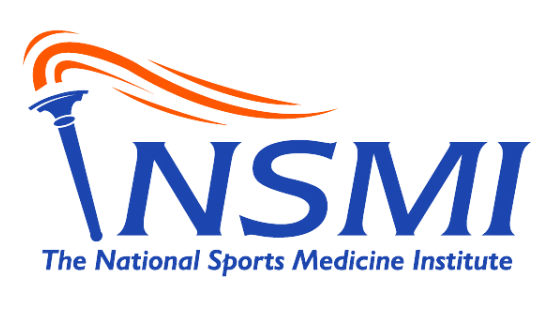All athletes are familiar with sore muscles, fatigue, and the occasional aches and pains after a hard work-out or training session. Those pains typically resolve within 1-2 days (sometimes longer if you are older) of active or passive rest and you return to the gym feeling stronger than before. But what if those pains and fatigue are not resolved before you resume activity (training) and the workouts are getting harder and more painful? Overtraining occurs when the stress of training and exercise is more than your body’s ability to recover.
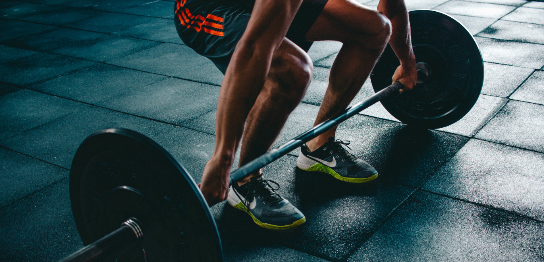
Overtraining is characterized by a long-term increase of training demand without adequate rest and recovery time. Overtraining can result in a decrease in performance, chronic muscle and joint pain, loss of enthusiasm for their sport and personality changes in athletes that can last for several months. Overtraining, when left unchecked, can ultimately ruin an athletic career. No coach or athlete sets a goal for overtraining but rather, overtraining is the result of improper overload training.
Overload Training vs. Overtraining
Overload training, or overloading, is a training technique characterized by a period of increased training intensity and volume followed by rest to achieve training adaptations like improved speed, power, and performance. In a triathlete, this might mean increasing both cycling speed and running mileage in the same training session followed by 1-2 days of active rest by swimming in a pool. Overload training is a classic training strategy with excellent results when monitored closely for signs of overtraining.
Understanding Overtraining
Overtraining can be broken down into 3 progressive stages based on how long symptoms have been present.
Functional Overreaching
Characterized by periods of increased training demand that may result in short-term decreases in performance unless paired with proper rest periods built into your training program. Functional Overreaching can result in a short-term performance improvement called “supercompensation”, but this can be difficult to achieve unless closely supervised by a strength and conditioning professional.
Nonfunctional Overreaching
The progression of Functional Overreaching, Nonfunctional Overreaching may include physiologic and psychologic responses to training including decreases in hormone levels or signs of depression and anxiety. Recovery from Nonfunctional Overreaching can take several weeks to months.
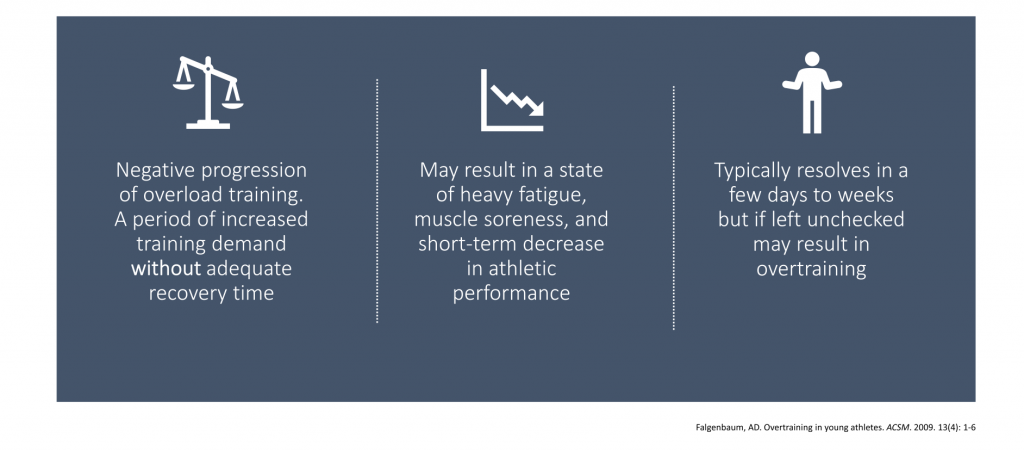
Overtraining Syndrome
The progression of Nonfunctional Overreaching, Overtraining Syndrome requires a diagnosis from a medical professional to rule out other medical problems. Overtraining Syndrome takes months to recover from and can ultimately end an athlete’s career if left untreated.
Signs and symptoms of Overtraining include:
- Decline in physical performance
- Excessive and constant fatigue
- Chronic muscle and joint pain
- Loss of enthusiasm for their sport
- Personality changes
- Difficulty sleeping
- Change in appetite
- Irritability
- Restlessness
- Anxiety
- Weight loss
- Burnout
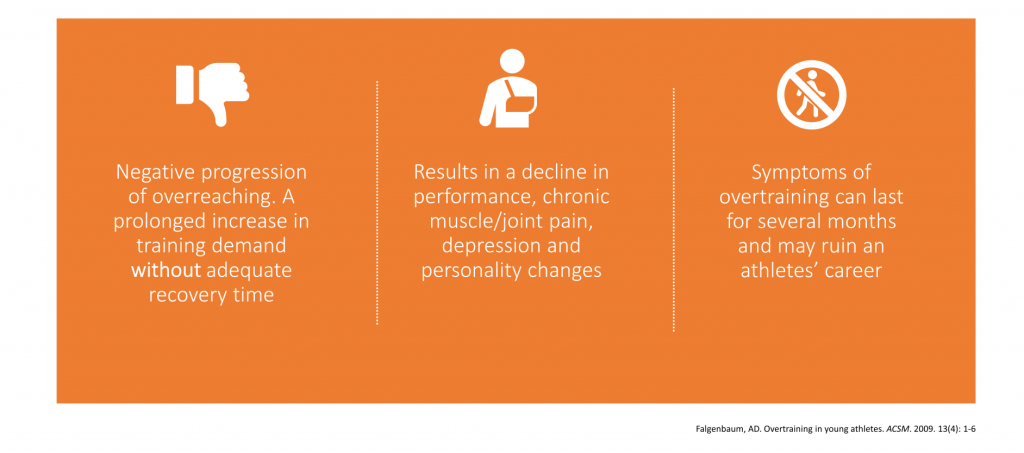
How to Avoid Overtraining
The lines between Functional and Nonfunctional Overreaching, and Overtraining syndrome are thin and blurred. The balance between physical stress, mental and emotional stress, proper nutrition, and rest determine whether the scales are tipped in favor of Overload Training and Overtraining Syndrome. But all is not lost, there are simple guidelines to help athletes and coaches to protect themselves from tipping the scales between Overload Training and Overtraining Syndrome.
- Listen to your body – monitor your training, nutrition, sleep, and stress
- Take recovery days – this can be both active and passive
- Do not increase volume (ex. Mileage) AND intensity (ex. Speed) at the same time
- Monitor fatigue – recovery from overload training should last days, not weeks
- Avoid overload training when recovering from an injury
- Consult with a strength coach to create a periodized program
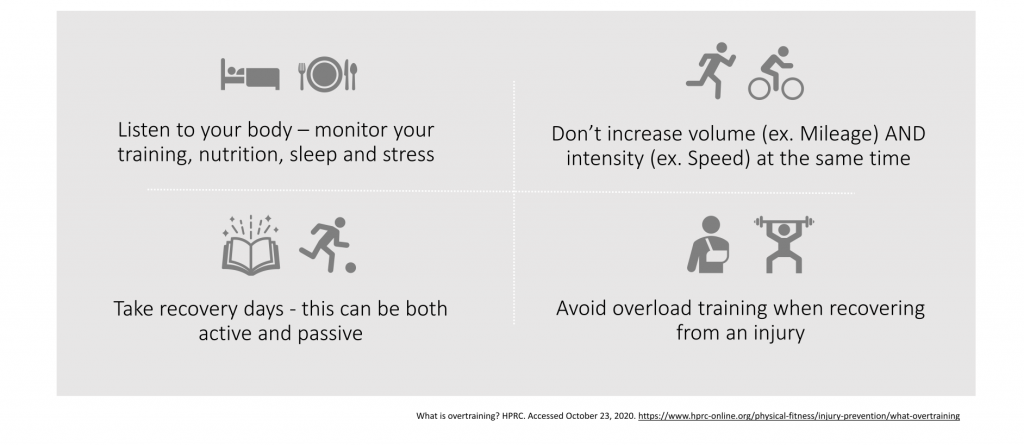
And when in doubt, check with your sports medicine professionals. The National Sports Medicine Institute is here to help.
References:
- Faigenbaum AD. OVERTRAINING IN YOUNG ATHLETES: How Much Is Too Much? ACSM’s Health & Fitness Journal. 2009;13(4):8–13. doi:10.1249/FIT.0b013e3181aae0a0
- Kavanaugh A. The Role of Progressive Overload in Sports Conditioning. :3.
- What is overtraining? HPRC. Accessed October 23, 2020. https://www.hprc-online.org/physical-fitness/injury-prevention/what-overtraining
